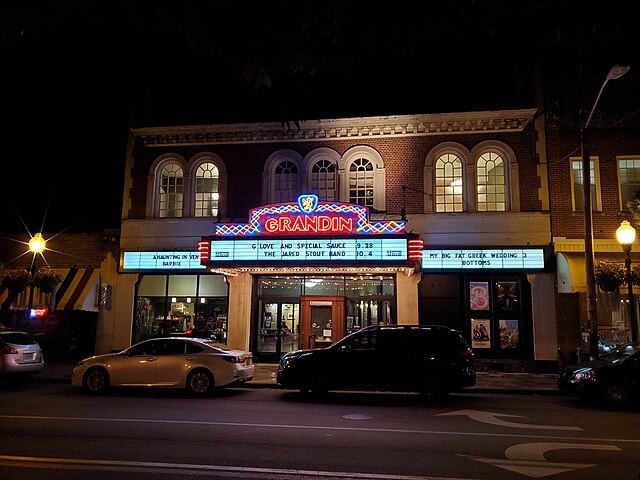George Washington Jefferson National Forest Camping
notifications Text me when there's a cancellation at George Washington Jefferson National Forest









George Washington Jefferson National Forest
George Washington Jefferson National Forest
George Washington Jefferson National Forest
George Washington Jefferson National Forest
George Washington Jefferson National Forest
George Washington Jefferson National Forest
George Washington Jefferson National Forest
George Washington Jefferson National Forest
George Washington Jefferson National Forest
George Washington Jefferson National Forest
George Washington Jefferson National Forest
George Washington Jefferson National Forest
George Washington Jefferson National Forest
George Washington Jefferson National Forest
George Washington Jefferson National Forest
George Washington Jefferson National Forest
George Washington Jefferson National Forest
George Washington Jefferson National Forest
George Washington Jefferson National Forest
George Washington Jefferson National Forest
George Washington Jefferson National Forest
George Washington Jefferson National Forest
George Washington Jefferson National Forest
George Washington Jefferson National Forest
George Washington Jefferson National Forest
George Washington Jefferson National Forest
George Washington Jefferson National Forest
George Washington Jefferson National Forest
George Washington Jefferson National Forest
George Washington Jefferson National Forest
George Washington Jefferson National Forest
George Washington Jefferson National Forest
George Washington Jefferson National Forest
George Washington Jefferson National Forest
George Washington Jefferson National Forest
George Washington Jefferson National Forest
George Washington Jefferson National Forest
George Washington Jefferson National Forest
George Washington Jefferson National Forest
George Washington Jefferson National Forest
George Washington Jefferson National Forest
George Washington Jefferson National Forest
George Washington Jefferson National Forest
George Washington Jefferson National Forest
George Washington Jefferson National Forest
Roanoke ( ROH-ə-nohk) is an independent city in Virginia, United States. It lies in Southwest Virginia, along the Roanoke River, in the Blue Ridge range of the greater Appalachian Mountains. Roanoke is about 50 miles (80 km) north of the Virginia–North Carolina border and 250 miles (400 km) southwest of Washington, D.C., along Interstate 81. At the 2020 census, Roanoke's population was 100,011, making it the most populous city in Virginia west of the state capital, Richmond. It is the primary population center of the Roanoke metropolitan area, which had a population of 315,251 in 2020.
The Roanoke Valley was originally home to members of the Siouan-speaking Tutelo tribe. In the 17th and 18th centuries, Scotch-Irish and later German American farmers gradually drove those Native Americans out of the area as the American frontier pressed westward. In 1882, the Norfolk and Western Railway (N&W) chose the small town of Big Lick as the site of its corporate headquarters and railroad shops. Within two years, the town had become the City of Roanoke. In the 1880s, the population grew by 22 times and the young city experienced the advantages and disadvantages of its boomtown status. During the 20th century, Roanoke's boundaries expanded through annexations of surrounding Roanoke County, and it became Southwest Virginia's economic and cultural hub. The 1982 decision by N&W to move its headquarters out of the city, along with other manufacturing closures, led Roanoke to a primarily service economy. In the 21st century, a robust healthcare industry and the development and increased marketing of the city's outdoor amenities have helped reverse population decline.
Roanoke is known for the Roanoke Star, an 88.5-foot-tall (27.0 m) illuminated star that sits atop a mountain within the city's limits and is the origin of its nickname, "The Star City of the South". Other points of interest include the Hotel Roanoke, a 330-room Tudor Revival structure built by N&W in 1882, the Taubman Museum of Art, designed by architect Randall Stout, and the city's farmer's market, the oldest continuously operating open-air market in the state. The Roanoke Valley features 26 miles (42 km) of greenways with bicycle and pedestrian trails, and the city's location in the Blue Ridge Mountains provides access to numerous outdoor recreation opportunities.
Read more about George Washington Jefferson National Forest at Wikipedia
We can help! Many campsite reservations are cancelled daily. Just tell us when you’d like to camp at George Washington Jefferson National Forest, and how long you want to camp for. We’ll text you when a suitable spot opens up!
Scan for cancellationsWhoops! Sometimes we make mistakes. Want to help improve the George Washington Jefferson National Forest listing? Please suggest a correction.
Open to camping at other nearby parks? Here are a few other parks you'll find in the vicinity.

How was your visit to George Washington Jefferson National Forest? Share your review of George Washington Jefferson National Forest and help fellow nature-lovers make an informed decision.
Post a reviewTell us when, where, and how long you want to camp for. We’ll notify you (via SMS) when a suitable spot opens up at that campground—so you can nab that sold-out campsite reservation!